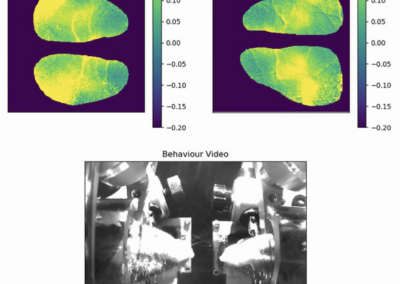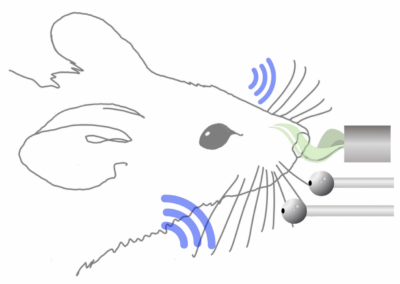LED Zappelin’

Two-photon microscopy is a powerful technique for investigating the structures and functions of biological systems. However, combining two-photon microscopy with other light sources, such as those used for driving optogenetic actuators, or for visual stimulation in vision experiments can create problems due to interactions/interference with fluorescence detection. Thus, Maxime Zimmermann and colleagues from the Baden lab (the team behind OpenSpritzer) have developed LED Zappelin’.
LED Zappelin’ is a low-cost device that rapidly time-interleaves stimulation and detection epochs during scans. LED Zappelin’ can line-sync up to 24 independent LED channels and can be constructed for under $100 USD. The team also provides a custom 3D-printed casing, design suggestions, detailed build instructions and validations, and Arduino scripts for stimulation protocols. Therefore, LED Zappelin’ is a flexible, low-cost hardware solution to light crosstalk in combined two-photon microscopy and optogenetics or visual stimuli experiments.
This research tool was created by your colleagues. Please acknowledge the Principal Investigator, cite the article in which the tool was described, and include an RRID in the Materials and Methods of your future publications. LED Zappelin’ SCR_022560.
Read the LED Zappelin' Paper
Check out the HardwareX paper here!
LED Zappelin' GitHub site
Get access to build instructions and code on the Github page!






